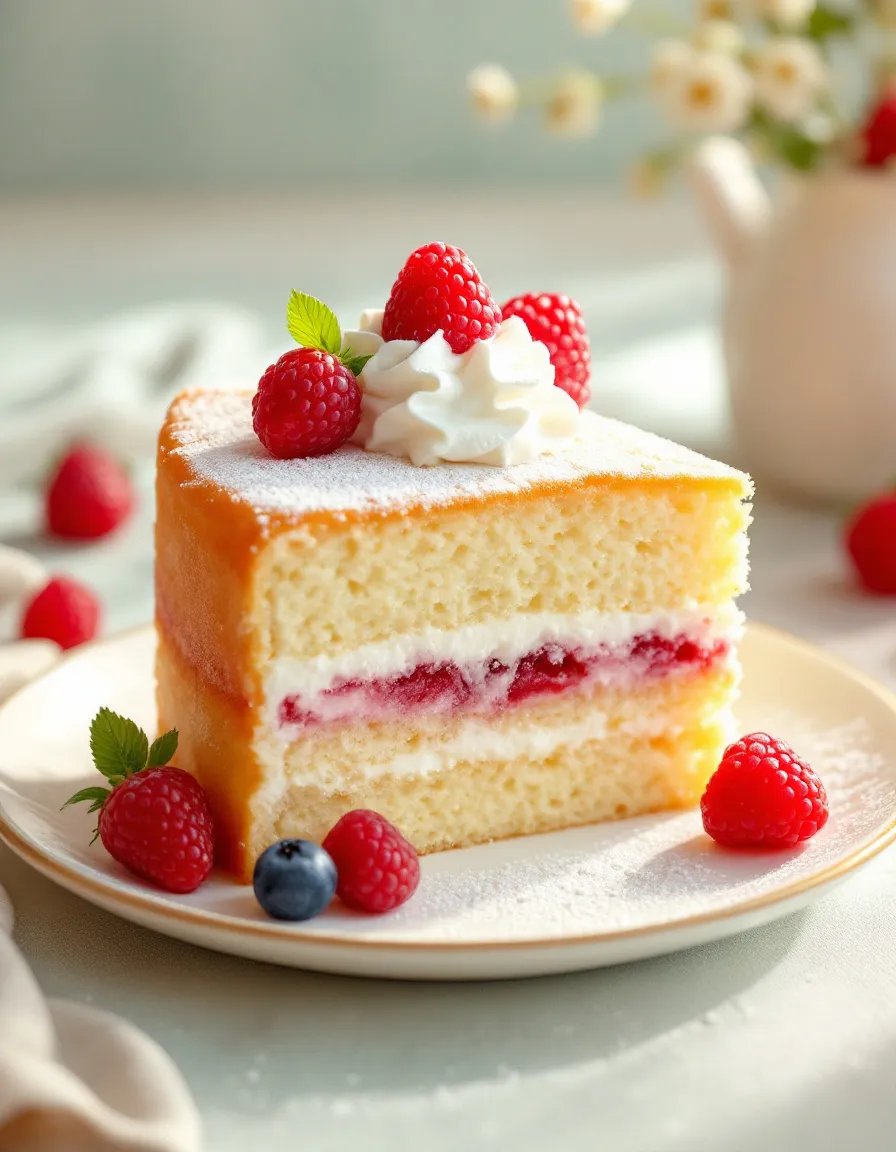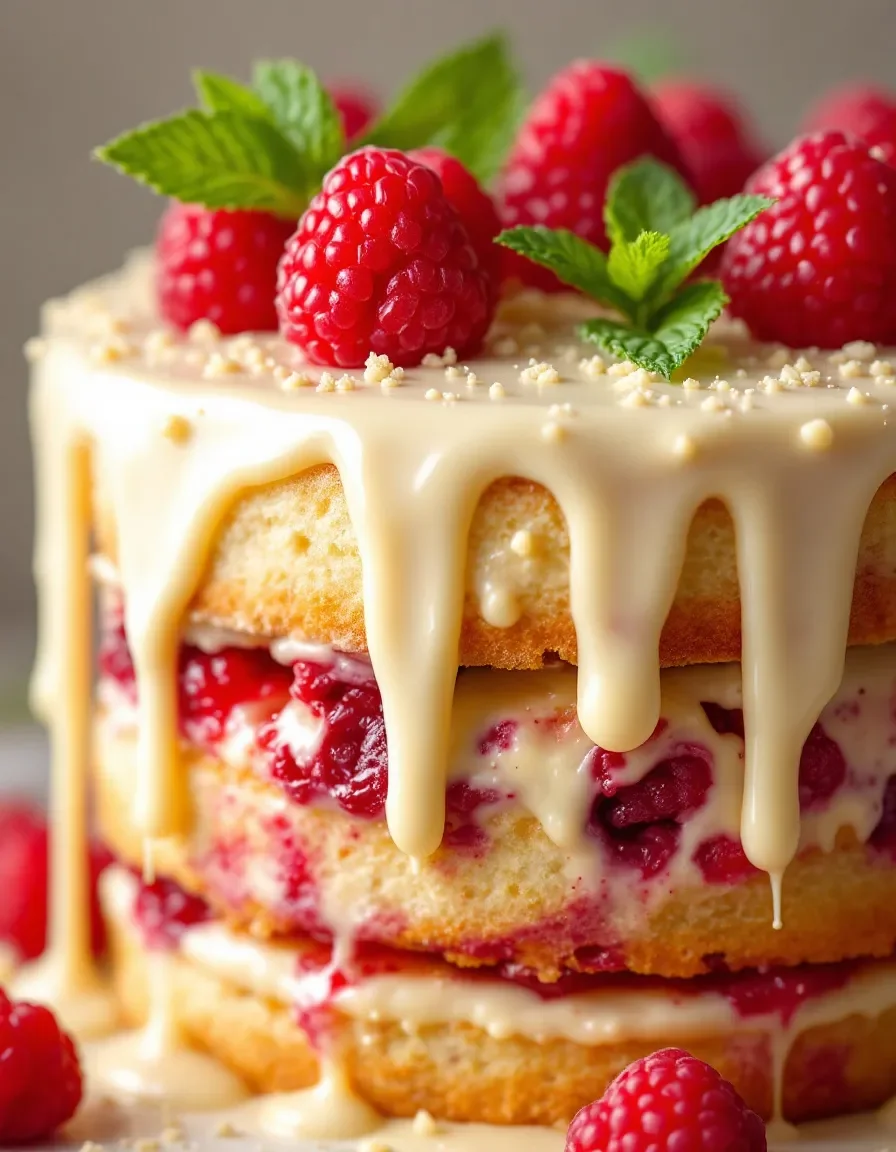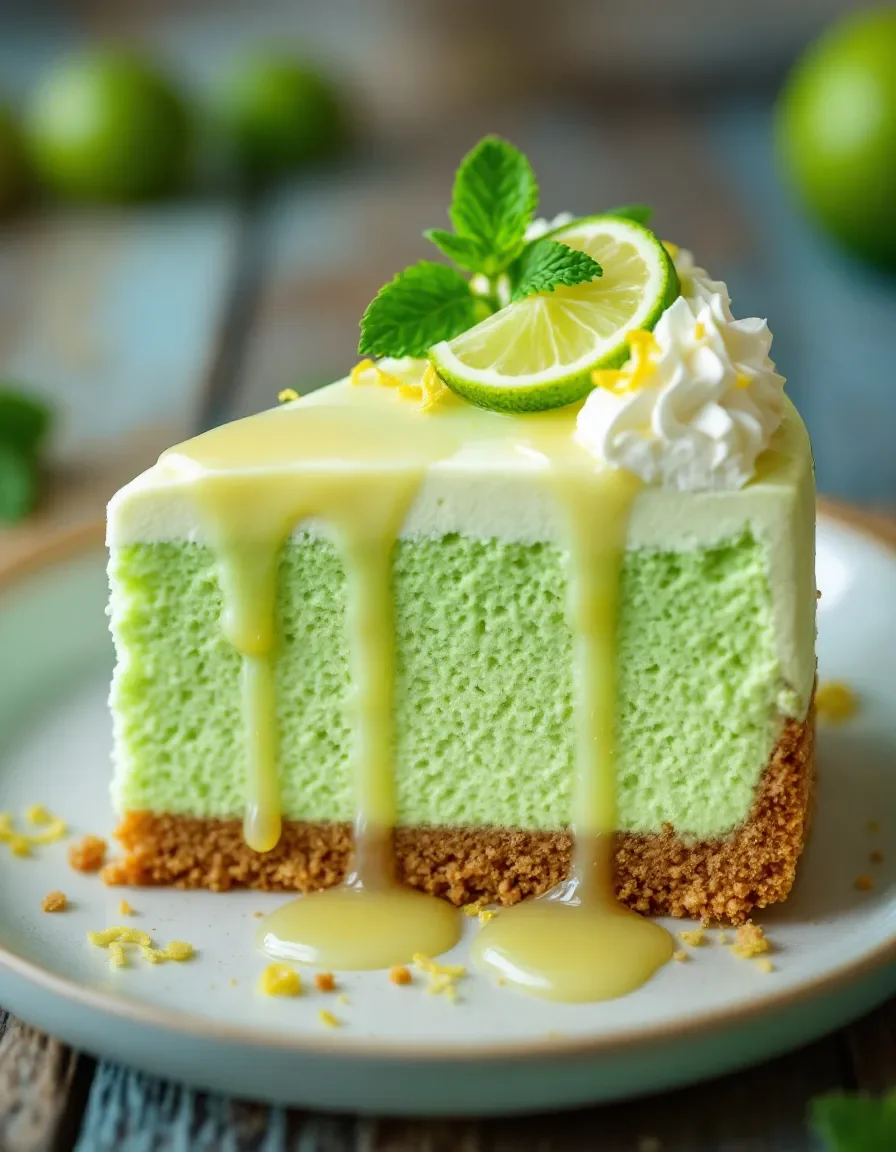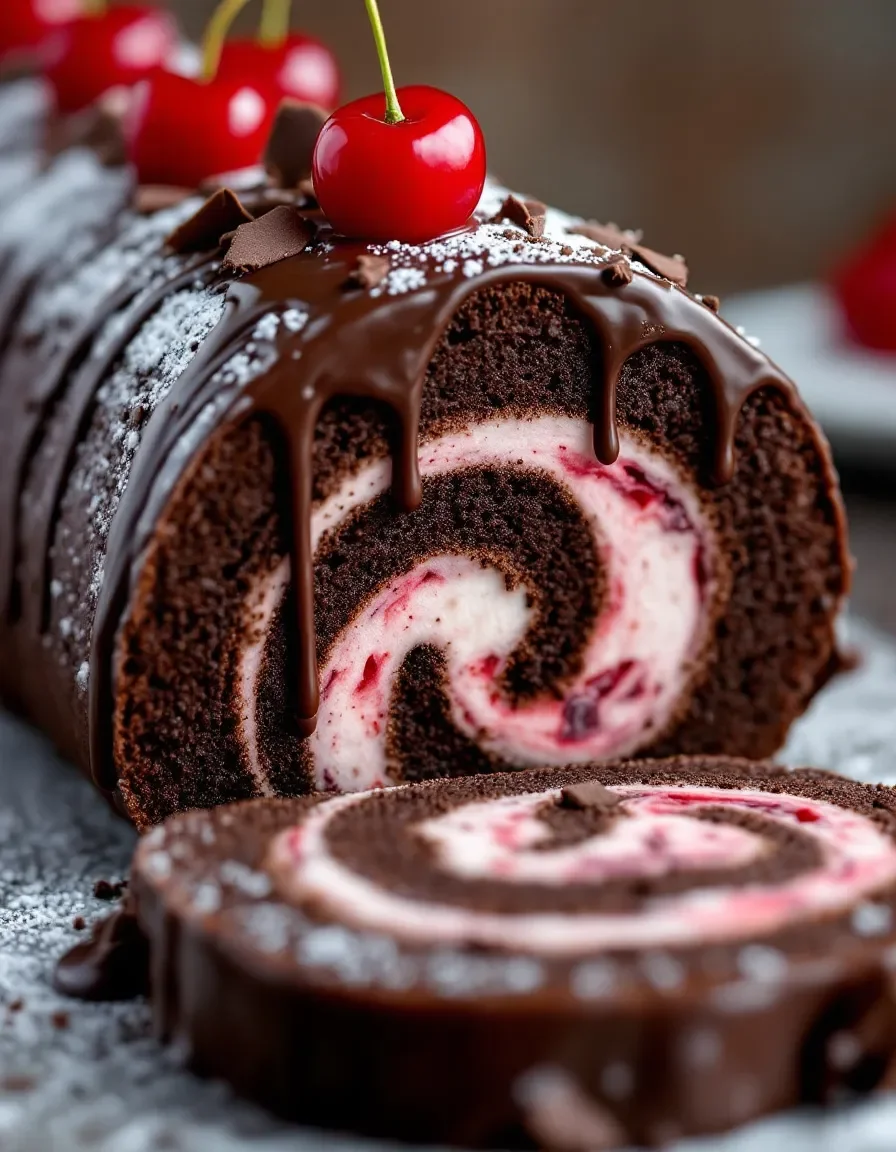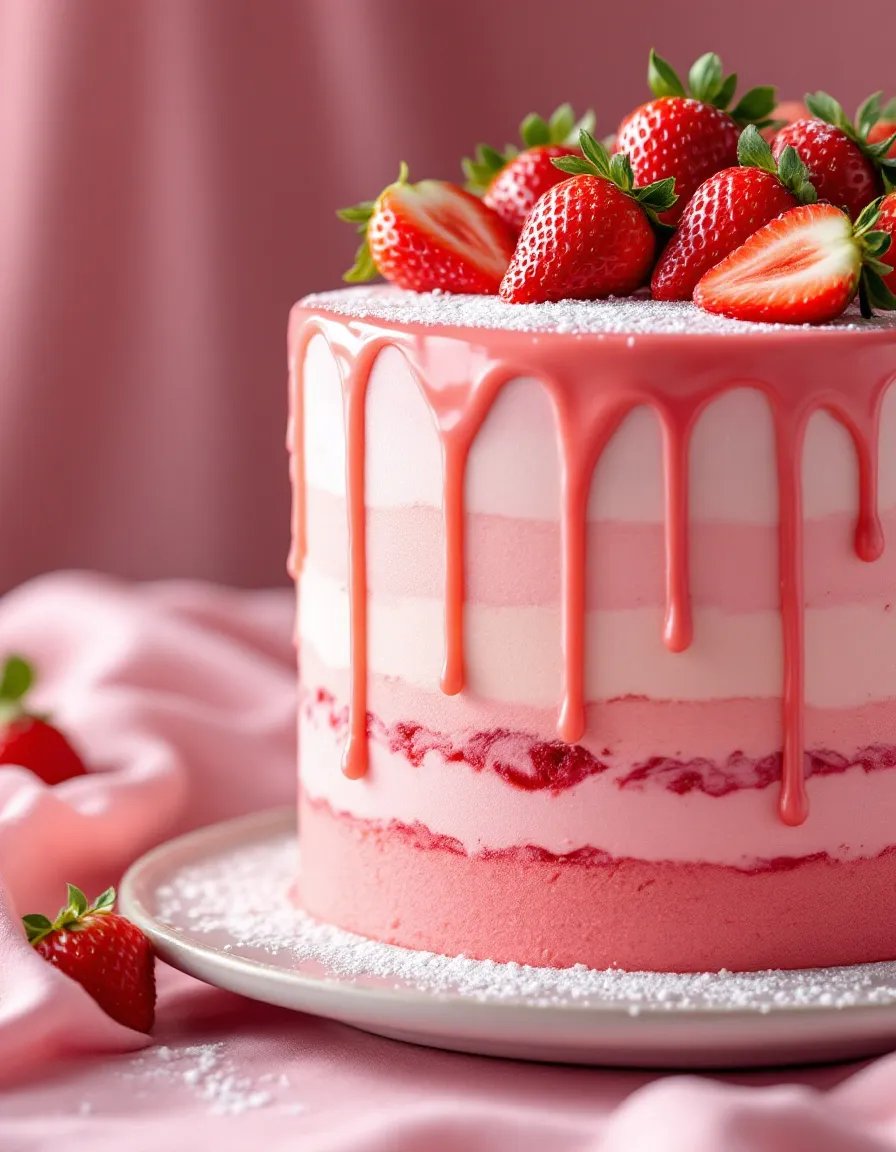Japanese Cotton Cake: The Fluffy, Cloud-Like Dessert You Need to Try
Japanese Cotton Cake, also known as Japanese Cheesecake or Cotton Cheesecake, is a delicate, jiggly dessert that melts in your mouth like a sweet cloud. This airy, soufflé-like cake has gained worldwide popularity for its unique texture—light as cotton yet rich in flavor. Unlike traditional cheesecakes, this version is less dense, with a subtle sweetness that makes it perfect for any occasion.
The secret to this fluffy Japanese cake lies in the perfect balance of whipped egg whites and a creamy batter, creating a dessert that’s both elegant and comforting. Whether you’re a seasoned baker or a beginner looking to impress, this recipe will guide you through every step to achieve bakery-quality results at home.
Quick Recipe Highlights
- Flavor Profile: A delicate balance of creamy, slightly tangy cream cheese with a hint of vanilla. The sweetness is subtle, making it perfect for those who prefer desserts that aren’t overly sugary.
- Texture: Ultra-light, jiggly, and soufflé-like with a melt-in-your-mouth quality. The cake is soft, airy, and slightly moist, resembling the texture of cotton—hence its name.
- Aroma: A comforting blend of warm vanilla and buttery cream cheese, filling your kitchen with an irresistible bakery-like scent.
- Visual Appeal: Golden-brown top with a smooth, slightly cracked surface that jiggles when shaken. When sliced, it reveals a tender, cloud-like interior.
- Skill Level Needed: Intermediate—requires careful folding of egg whites and precise baking techniques to achieve the perfect rise and texture.
- Special Equipment: A springform pan, water bath setup, and electric mixer for whipping egg whites to stiff peaks.
Recipe Overview
- Difficulty Level: While not overly complex, this recipe requires attention to detail, particularly when folding egg whites into the batter and maintaining the right oven temperature. Perfect for bakers who enjoy a slight challenge.
- Category: Dessert—ideal for afternoon tea, celebrations, or a light, elegant finish to a meal.
- Cuisine: Japanese-inspired, with influences from Western cheesecake techniques. A popular dessert in Japan and across Asia.
- Cost: Moderate—uses simple ingredients like cream cheese, eggs, and sugar, but requires precision for best results.
- Season: Great year-round, but especially comforting in cooler months when a warm, fluffy dessert is most appealing.
- Occasion: Perfect for birthdays, dinner parties, or as a special homemade treat. Its delicate appearance makes it a showstopper.
Why You’ll Love This Recipe
The Japanese Cotton Cake is a dessert that stands out for its unique texture—soft, jiggly, and incredibly light. Unlike dense cheesecakes, this version is almost soufflé-like, making it a delightful treat that won’t leave you feeling overly full. The subtle sweetness and creamy undertones make it a crowd-pleaser for all ages.
One of the best things about this recipe is its versatility. You can enjoy it plain, dusted with powdered sugar, or paired with fresh berries and whipped cream. The cake’s delicate flavor also makes it a perfect canvas for creative variations—try adding matcha, citrus zest, or chocolate for a twist.
From a nutritional standpoint, this cake is relatively light compared to traditional cheesecakes. It uses fewer calories per slice while still delivering a satisfying dessert experience. The protein from the eggs and cream cheese adds a slight nutritional boost, making it a slightly better indulgence.
Socially, this cake is a conversation starter. Its jiggly texture and cloud-like appearance make it a fun, interactive dessert to serve at gatherings. Guests will be amazed by its unique consistency and elegant presentation.
Lastly, this recipe is cost-effective. With simple pantry staples, you can create a bakery-worthy dessert without expensive ingredients. It’s an affordable way to impress family and friends with minimal effort.
Historical Background and Cultural Significance
The Japanese Cotton Cake has its roots in Japan’s adaptation of Western-style cheesecakes. Introduced in the mid-20th century, it became a popular dessert in Japanese bakeries for its lighter, less dense texture compared to traditional New York-style cheesecakes. The name “Cotton Cake” comes from its soft, airy consistency, resembling cotton.
This dessert reflects Japan’s culinary philosophy of washoku—balance and subtlety in flavors. Unlike overly sweet Western desserts, Japanese sweets often emphasize delicate tastes and textures, making this cake a perfect example of that tradition.
Over time, the recipe evolved to include variations like matcha or fruit-infused versions. Today, it’s a staple in Asian bakeries worldwide and has gained a cult following among dessert lovers for its unique mouthfeel.
Regionally, you’ll find slight differences—some versions use more cream cheese for richness, while others focus on an even lighter, almost soufflé-like texture. Regardless of the variation, the essence of the Cotton Cheesecake remains the same: a dessert that’s as pleasing to the eye as it is to the palate.
Ingredient Deep Dive
Cream Cheese
Cream cheese is the backbone of this recipe, providing richness and structure. Opt for full-fat cream cheese for the best texture and flavor. Low-fat versions may result in a less stable batter. Always bring it to room temperature before mixing to ensure a smooth, lump-free consistency.
Nutritionally, cream cheese adds protein and a slight tanginess that balances the sweetness. If unavailable, you can substitute with mascarpone for a richer taste or ricotta for a lighter version, though the texture will vary.
Eggs
Eggs are crucial for the cake’s airy structure. The yolks add richness, while the whipped whites provide lift. Use fresh, room-temperature eggs for optimal volume when whipping. Older eggs may not whip as well, affecting the cake’s fluffiness.
For those with egg allergies, substitutions like aquafaba (chickpea brine) can be used, though the texture will differ. Eggs also contribute protein and healthy fats, making this dessert slightly more nutrient-dense than typical cakes.
Cornstarch
Cornstarch helps stabilize the cake, ensuring it holds its shape while remaining tender. It’s a key ingredient for achieving the signature cotton-like texture. If you don’t have cornstarch, potato starch or arrowroot powder can work as substitutes.
This ingredient is gluten-free, making it suitable for those with gluten sensitivities. It also helps create a finer crumb, enhancing the cake’s delicate mouthfeel.
Common Mistakes to Avoid
- Overmixing the batter: This can deflate the egg whites, resulting in a dense cake. Fold gently to maintain airiness.
- Incorrect oven temperature: Too hot, and the cake will crack; too cool, and it won’t rise properly. Use an oven thermometer for accuracy.
- Skipping the water bath: Essential for even baking and preventing dryness. Always wrap the pan in foil to avoid water seepage.
- Opening the oven too soon: Sudden temperature changes can cause the cake to collapse. Wait until the last 10 minutes to check.
- Using cold ingredients: Room-temperature eggs and cream cheese blend more smoothly, ensuring a uniform batter.
- Undermixing the egg whites: They should reach stiff peaks for maximum lift. Soft peaks won’t provide enough structure.
- Overbaking: The cake should jiggle slightly in the center when done. Overbaking leads to dryness.
- Not cooling gradually: Let the cake cool in the turned-off oven with the door slightly ajar to prevent sinking.
Essential Techniques
Whipping Egg Whites
Properly whipped egg whites are the key to this cake’s airy texture. Use a clean, grease-free bowl and beat until stiff peaks form. Adding sugar gradually helps stabilize the foam. Under-whipped whites won’t provide enough lift, while over-whipped ones become grainy.
Folding the Batter
Gently incorporate the whipped egg whites into the cream cheese mixture using a spatula. Fold in a figure-eight motion to preserve air bubbles. Overmixing deflates the batter, leading to a denser cake.
Water Bath Baking
A water bath ensures gentle, even heat distribution, preventing cracks and helping the cake rise uniformly. Wrap the springform pan in foil to prevent water from seeping in, which can make the bottom soggy.
Pro Tips for Perfect Japanese Cotton Cake
- Use a springform pan for easy removal. Line the bottom with parchment paper to prevent sticking.
- Bring all ingredients to room temperature before starting for smoother mixing.
- When folding egg whites, work quickly but gently to maintain volume.
- Tap the pan lightly before baking to release any large air bubbles.
- If the cake browns too quickly, tent it with foil midway through baking.
- Let the cake cool gradually in the oven to prevent sudden collapse.
- Chill before serving for cleaner slices and enhanced flavor.
Variations and Adaptations
Matcha Cotton Cake
Add 1-2 tbsp of high-quality matcha powder to the batter for a vibrant green hue and earthy flavor. Pair with red bean paste for a traditional Japanese twist.
Chocolate Version
Incorporate melted dark chocolate into the cream cheese mixture for a rich, decadent variation. Dust with cocoa powder for an elegant finish.
Citrus-Infused
Add lemon or orange zest to the batter for a refreshing citrus note. A drizzle of citrus glaze enhances the flavor further.
Serving and Presentation Guide
Serve the Japanese Cotton Cake chilled or at room temperature. Dust with powdered sugar for a simple, elegant look. Fresh berries, mint leaves, or edible flowers make beautiful garnishes.
For a more dramatic presentation, pair with a berry coulis or chocolate sauce drizzled on the plate. Slice with a warm knife for clean edges.
Storage and Shelf Life
Store leftover cake in an airtight container in the refrigerator for up to 3 days. For longer storage, freeze individual slices wrapped in plastic and foil for up to a month. Thaw in the fridge before serving.
Frequently Asked Questions
Why did my cake collapse?
This usually happens due to sudden temperature changes or underbaking. Always cool the cake gradually in the oven with the door slightly ajar.
Can I make this without a springform pan?
A springform pan is ideal, but you can use a regular cake pan lined with parchment paper. Removal will just be trickier.
Is this cake gluten-free?
Yes, as long as you ensure your cornstarch is gluten-free, this recipe is naturally gluten-free.
The Recipe
Japanese Cotton Cake
Serves: 8
Prep Time: 20 mins
Cook Time: 60 mins
Total Time: 80 mins
Kitchen Equipment Needed
- 8-inch springform pan
- Electric mixer
- Large roasting pan (for water bath)
- Parchment paper
- Aluminum foil
Ingredients
- 200g cream cheese, room temperature
- 50g unsalted butter
- 100ml whole milk
- 6 large eggs, separated
- 100g granulated sugar
- 60g cake flour
- 20g cornstarch
- 1 tsp vanilla extract
- Pinch of salt
Directions
- Preheat oven to 320°F (160°C). Line the bottom of the springform pan with parchment paper and wrap the outside with foil to prevent water seepage.
- In a saucepan, heat cream cheese, butter, and milk over low heat until smooth. Let cool slightly.
- Whisk in egg yolks and vanilla until fully incorporated.
- Sift in flour and cornstarch, mixing until just combined.
- In a separate bowl, beat egg whites with salt until foamy. Gradually add sugar, beating until stiff peaks form.
- Gently fold egg whites into the cream cheese mixture in three additions.
- Pour batter into the prepared pan. Place in a roasting pan and fill with hot water halfway up the sides.
- Bake for 60 minutes or until set but slightly jiggly in the center.
- Turn off the oven and leave the cake inside with the door slightly ajar for 30 minutes.
- Remove from oven and cool completely before refrigerating for at least 2 hours.
Recipe Notes
- For a taller cake, use a 7-inch pan.
- Chilling overnight enhances the flavor and texture.
- Serve with fresh berries or a dusting of powdered sugar.

